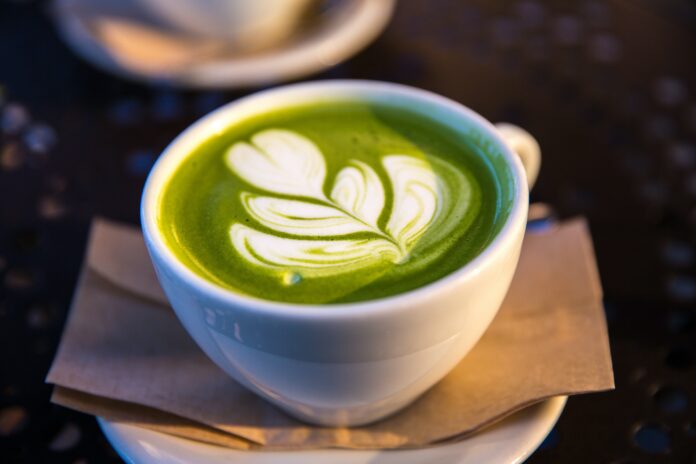If you’re a tea lover or health advocate, you’ve likely heard of matcha. But what exactly is matcha, and why is it gaining popularity as a better alternative to coffee?
Matcha is a finely ground, powdered green tea that has been an integral part of Japanese tea ceremonies for centuries. Unlike traditional green tea, where leaves are steeped and discarded, matcha involves consuming the entire leaf, providing a concentrated dose of nutrients and antioxidants.
To produce matcha, the tea leaves are carefully shade-grown before harvesting. The shade helps boost chlorophyll levels, giving the leaves their vibrant green color. After plucking, the leaves are steamed, dried, and stone-ground into a fine powder.
Matcha’s unique preparation and consumption process offers several benefits. Firstly, it contains a higher concentration of caffeine compared to regular green tea, providing a gentle and sustained energy boost without the jitters often associated with coffee. Additionally, matcha is rich in L-theanine, an amino acid that promotes a sense of calmness and improved focus, balancing the stimulating effects of caffeine.
Best part? Matcha is packed with antioxidants, notably catechins like EGCG, which help combat oxidative stress and support overall well-being. These antioxidants also contribute to matcha’s potential in boosting metabolism and promoting weight loss.
If you’re looking to reduce coffee intake or explore new and healthier beverages, matcha is an excellent option. Its unique flavor, versatility (it can be enjoyed as a hot or iced beverage and even used in recipes), and potential health benefits make it a perfect addition to any wellness routine.
If you haven’t tried matcha yet, now is the perfect time to sip on this vibrant green elixir!






